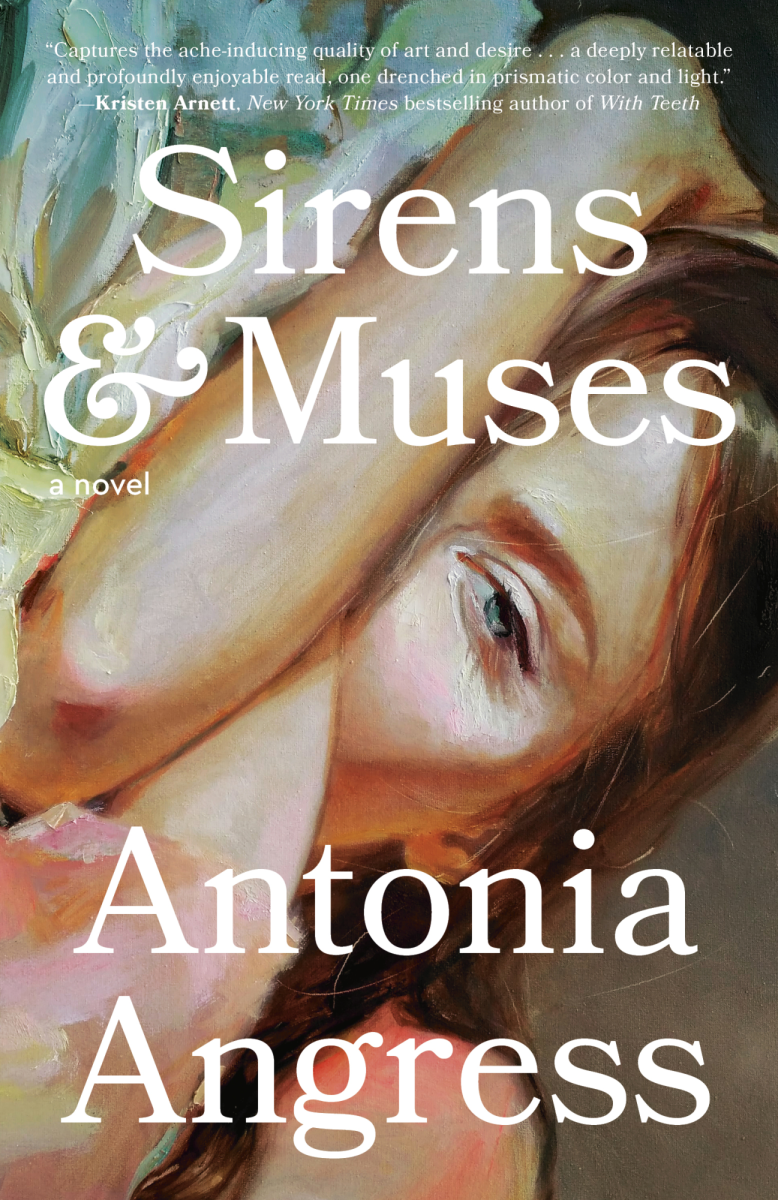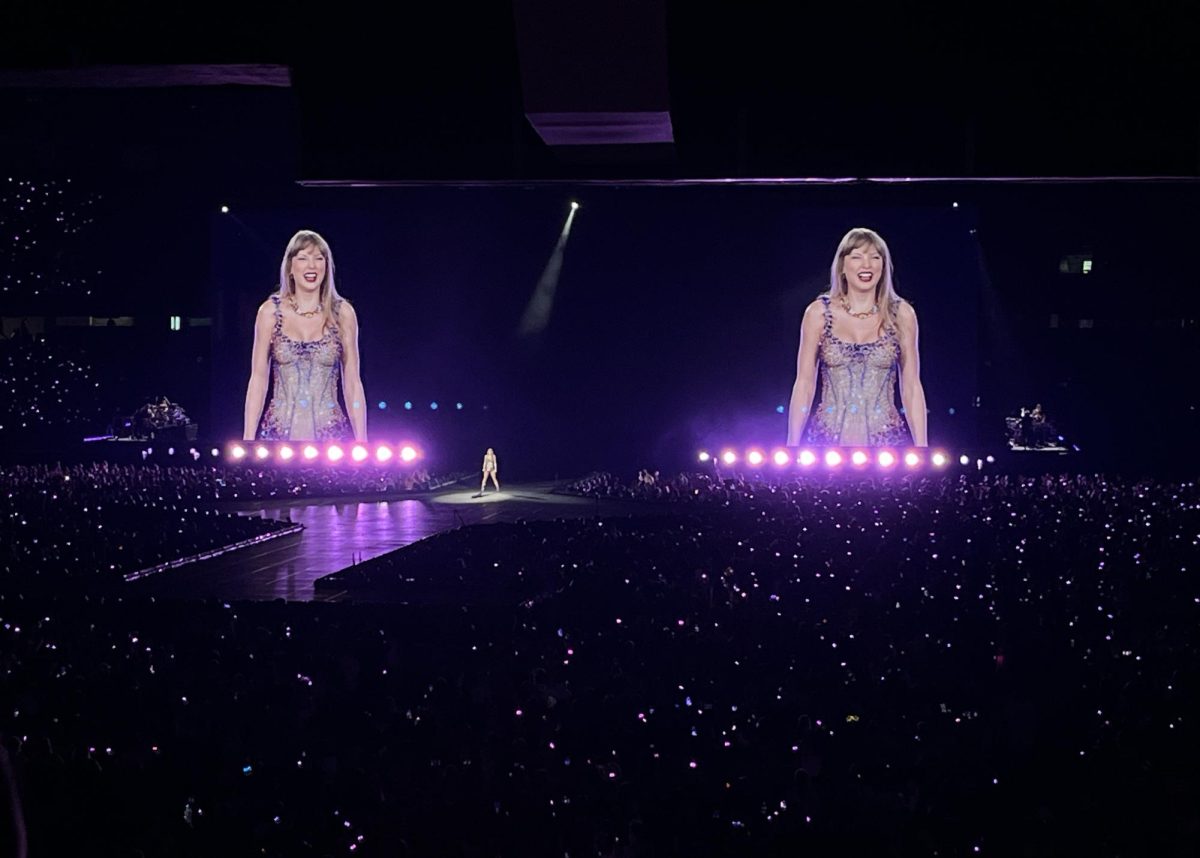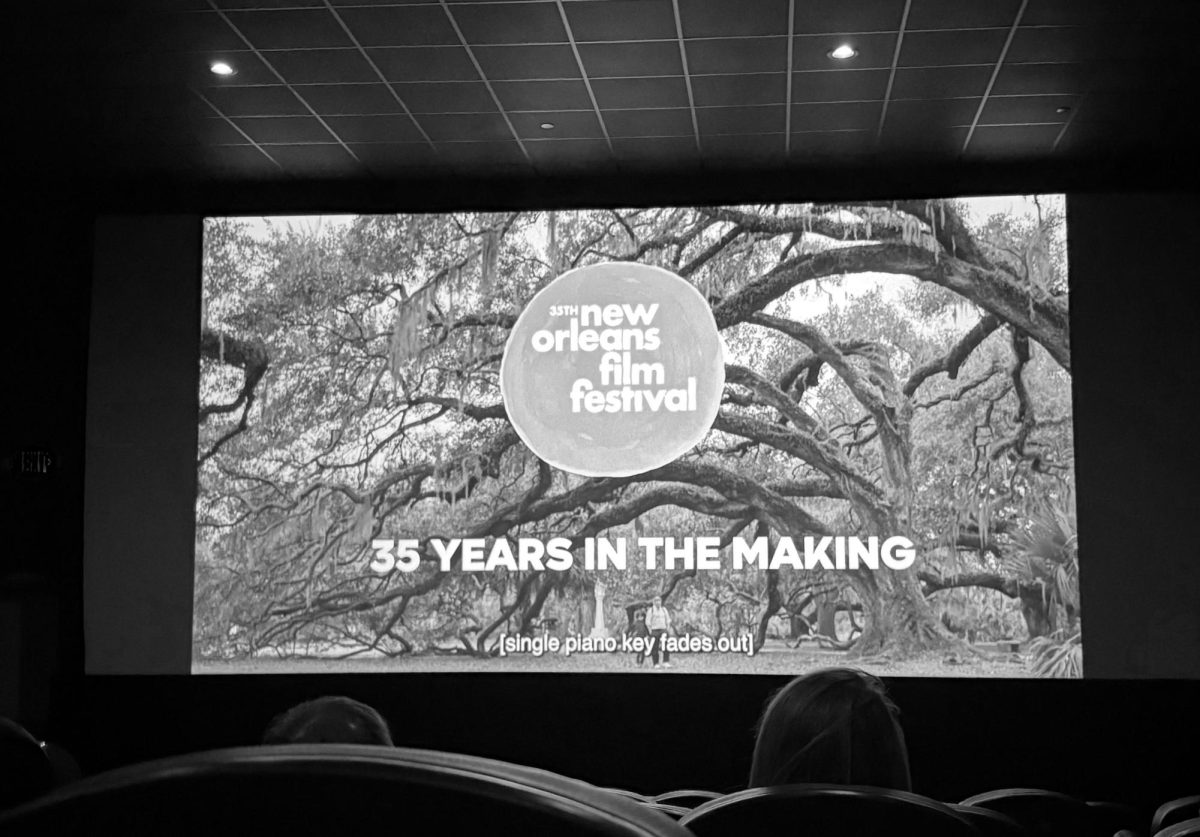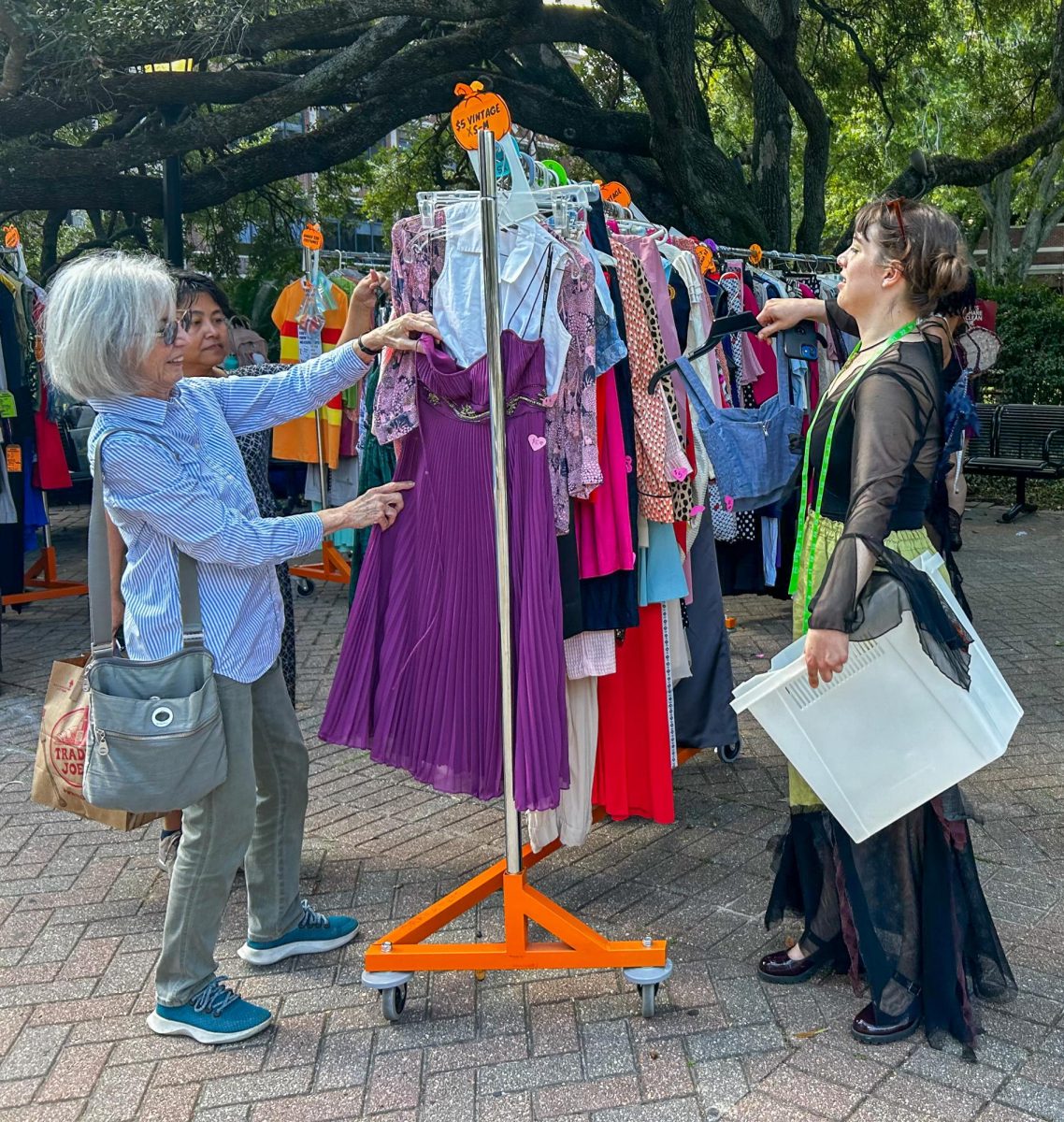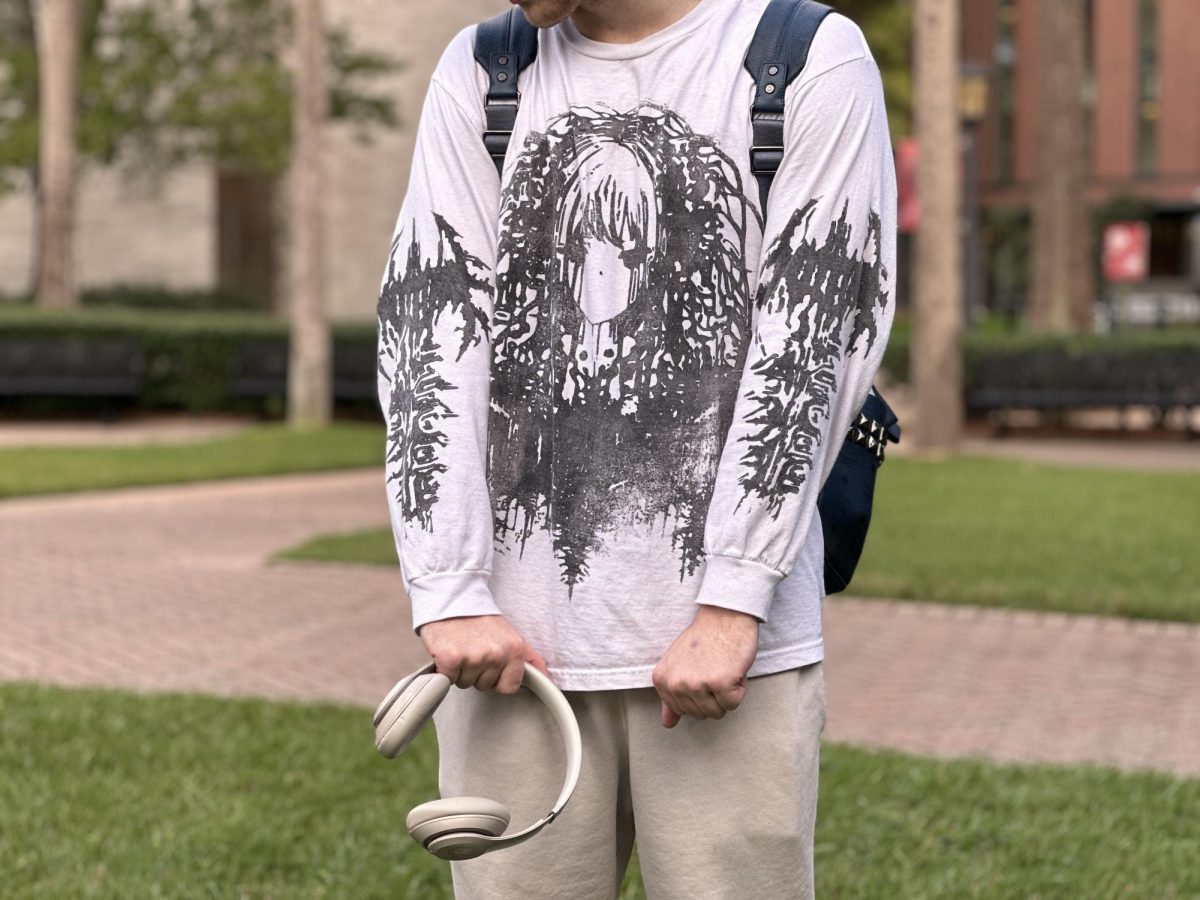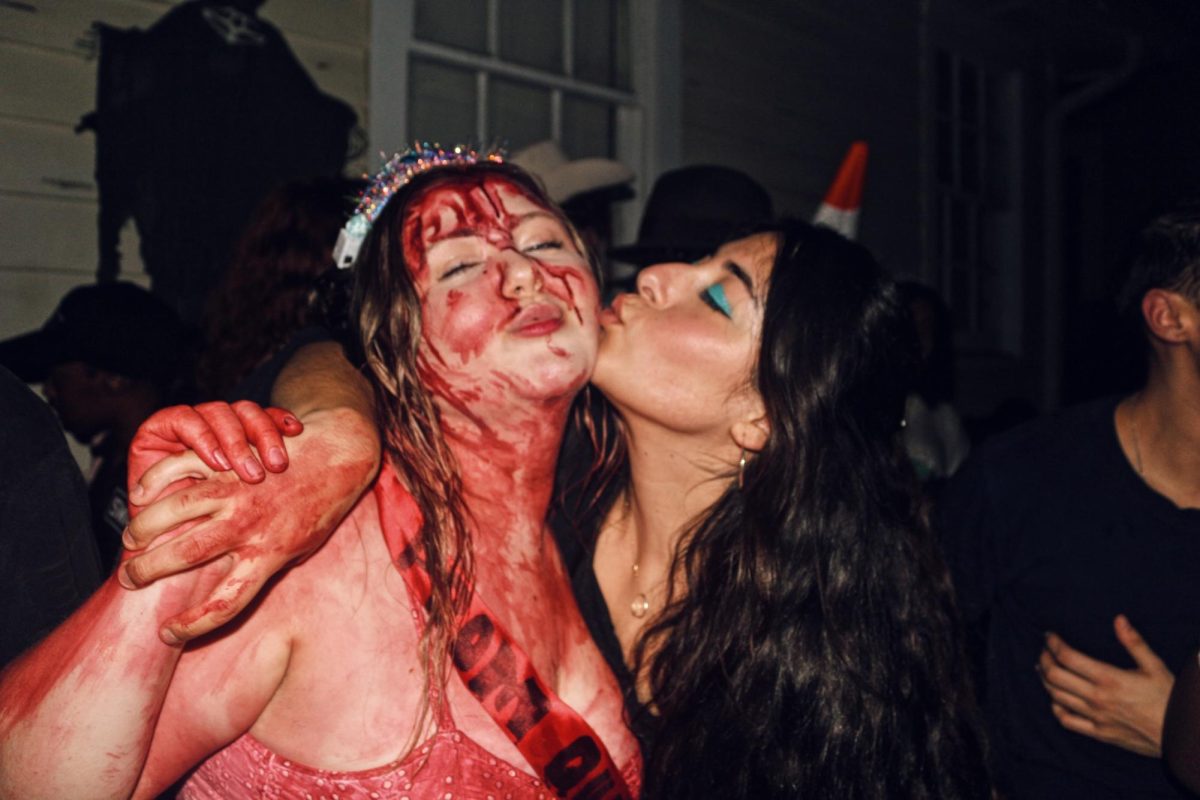I, like many other 20-somethings, was on Tumblr when the dark academia aesthetic first went viral, and I fell in love instantly. It was everything that I loved all rolled up into one: slightly pretentious, ball of gloomy Gothic architecture and dusty stacks of classic literature. Not all good things last, and I got a bit sick of the whole thing, with my main source of dissatisfaction stemming from feeling too poor to afford the aesthetic I so loved. By the time it was gaining popularity on TikTok, I was over it and moved on to different things.
One month ago I finished my annual reread of “The Secret History”, and, as I was searching for a new book to start, I came across “Sirens & Muses: A Novel” by Antonia Angress. It had been a gift from my father for my birthday the previous year and I had never quite gotten around to reading it. I flipped open the cover and read the blurb on the dust jacket and immediately became entranced. “Sirens & Muses” is set in 2011, right in the heart of the recession and the Occupy Wall Street movement, at a fictional art school called Wrynn. It follows four characters (three students and one professor) as they become more and more deeply entwined in each other’s lives.
The setting alone is enough for me to classify this as a new form of dark academic literature. It reflects the well known vibe of “The Secret History,” “Maurice,” and “Kill Your Darlings,” all of which are set with characters in university. The modern time period adds an updated element to the story that allows for more readily available cultural commentary on class, sexuality, politics, and gender to take place.
The first thing that jumped out at me as I began reading was that one of the primary focuses of the novel was on class, status, and money. Louisa, one of the novel’s protagonists, is a scholarship student from rural Louisiana who transfers in her second year to Wrynn and deals with financial hardships as she tries to further herself as an artist.
Because one of my issues with dark academia as a whole was the often inaccessible nature of the aesthetic, this inclusion of discussions about class piqued my interest. As a student who also relies heavily on scholarships and grants to be able to afford my college education I felt very connected to Louisa and empathized strongly with her character.
While many other dark academic works include lower class characters, the authenticity of Louisa’s struggles seemed to me much higher than those of Richard Papen in “The Secret History” or Beth Harmon (initially) in “The Queen’s Gambit.” In my opinion, the modern setting makes the financial struggles feel more real. Louisa is a person dealing with the cost of an art education and living expenses in a heavily inflated economy, rather than the overly-romanticized decades before a college tuition was upwards of $50,000 a year.
Sexuality is another source for dark academic parallels. As most people have picked up in even limited exposure to dark academia, queer characters and relationships play a large, although mostly subtle, role in these works of literature and media.
Once again “The Secret History” remains one of the most prominent examples of this. Richard Papen is (in my opinion) a clearly closeted gay man who pushes his attraction down and funnels it into unhealthy obsessions with his classmates. While it’s never overtly stated in the book that Richard is gay, Francis and Charles are shown to be explicitly queer characters. “Sirens & Muses” brings a lesbian relationship to the dark academic table between Louisa and her wealthy roommate Karina. Their relationship is not hidden to the reader, it is “in your face” queerness that doesn’t apologize for its existence.
This is a refreshing break from the subtextual or shameful gay relationships that populate so many other dark academic books and movies. It is also one of the few lesbian relationships, not only in dark academia, but in media generally that a) exists, and b) doesn’t fetishize women loving women relationships and queer women. As a queer woman myself, reading this didn’t leave me with my usual level of discomfort caused by creepy age gaps, lack of consent, or straight up lesbian porn for the obviously male consumer to enjoy that are typically seen in lesbian relationships.
“Sirens & Muses” is a breath of fresh air that furthers the dark academia aesthetic and sub-genre of literature. It brings the reader’s attention to real world issues in a way that feels easily digestible without being dumbed down or censored for the sake of making people comfortable. “Sirens & Muses” is a book that shows what dark academia could potentially transform itself into in the coming years: a radical look at society and its problems through the classic lens of the long suffering college student. I highly recommend this book to the recovering Tumblr girl, the art student, the dark academia obsessed, and the reader who is stuck in a book rut and desperately needs to get out.
5/5 stars


